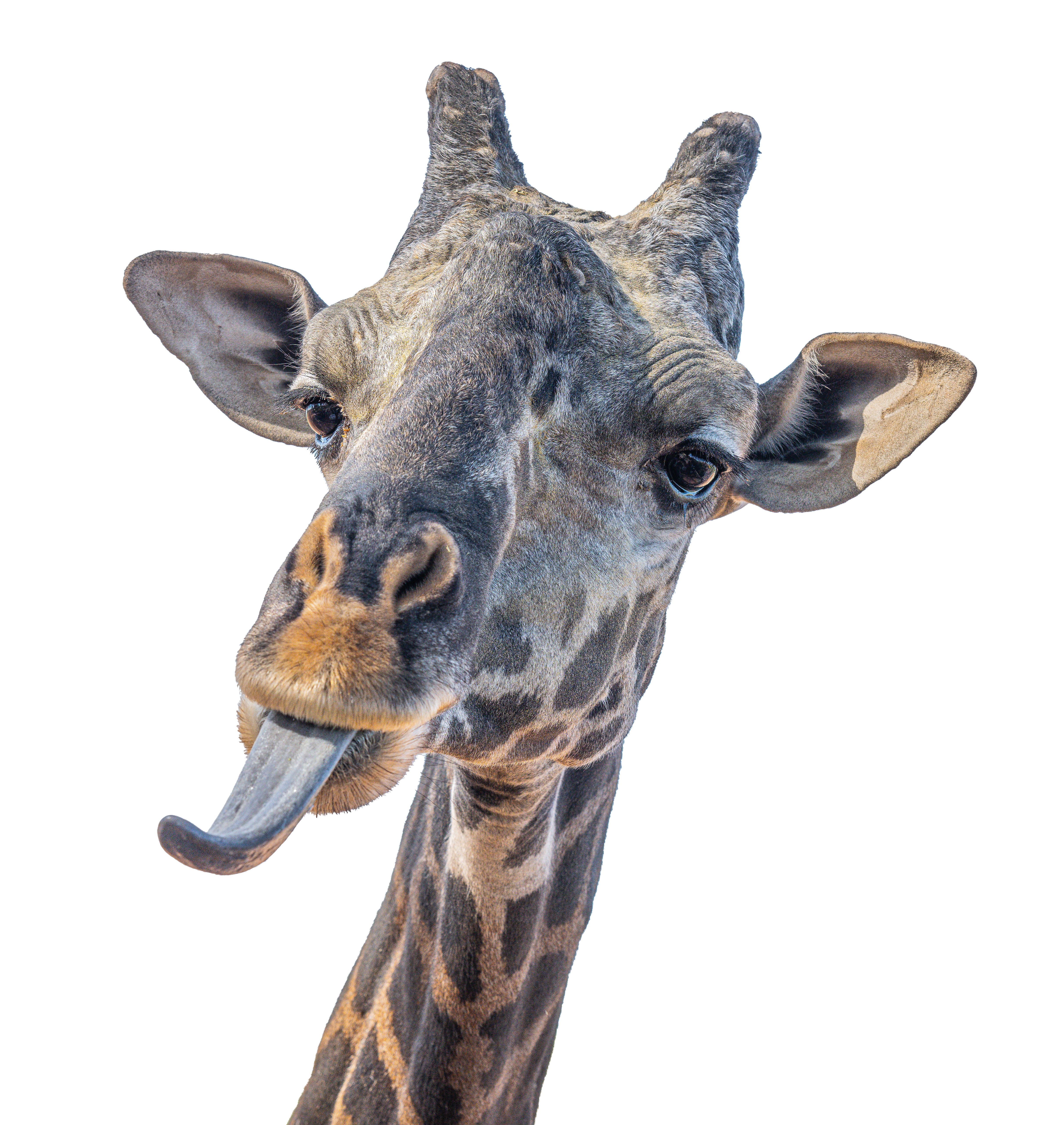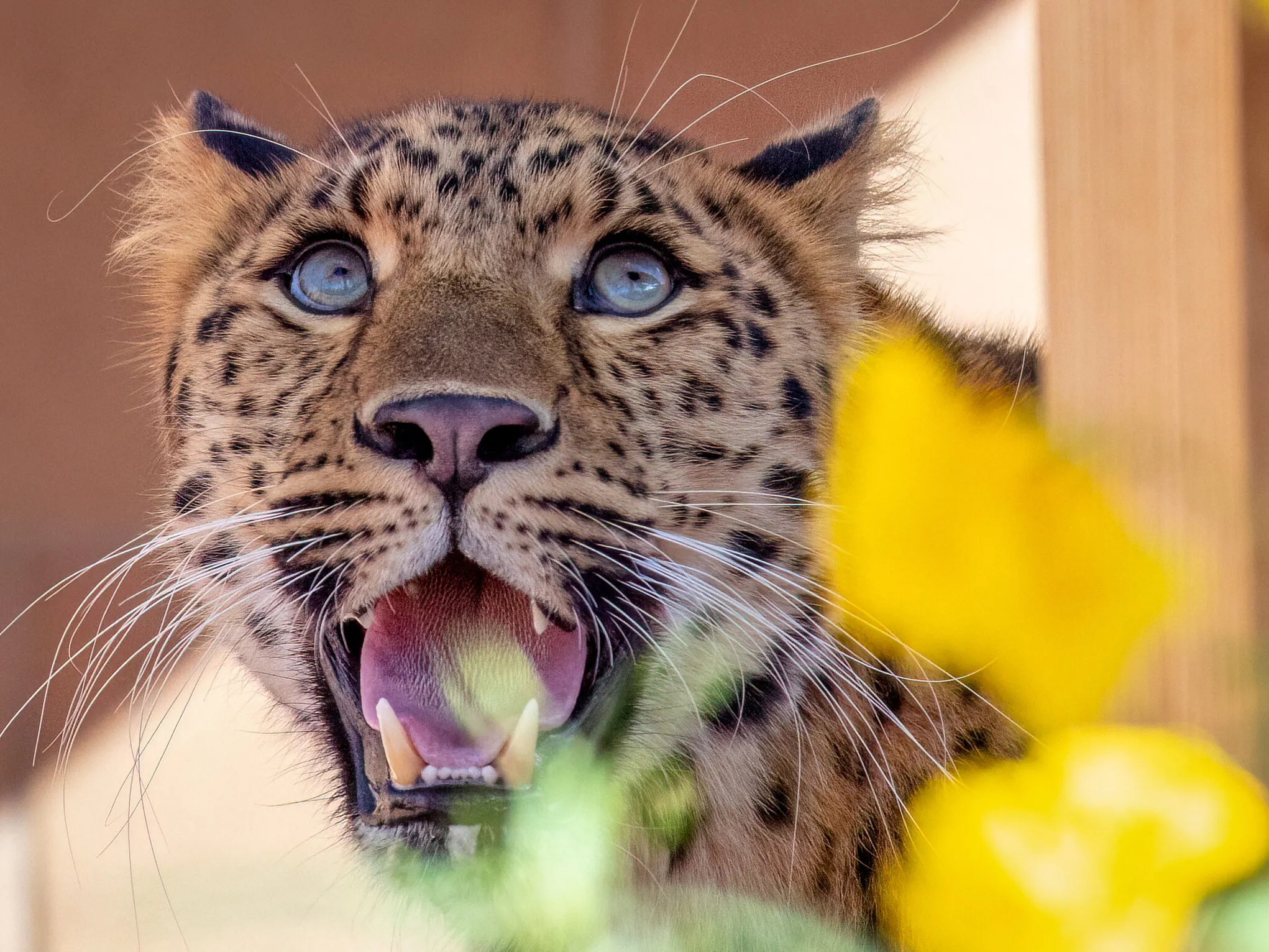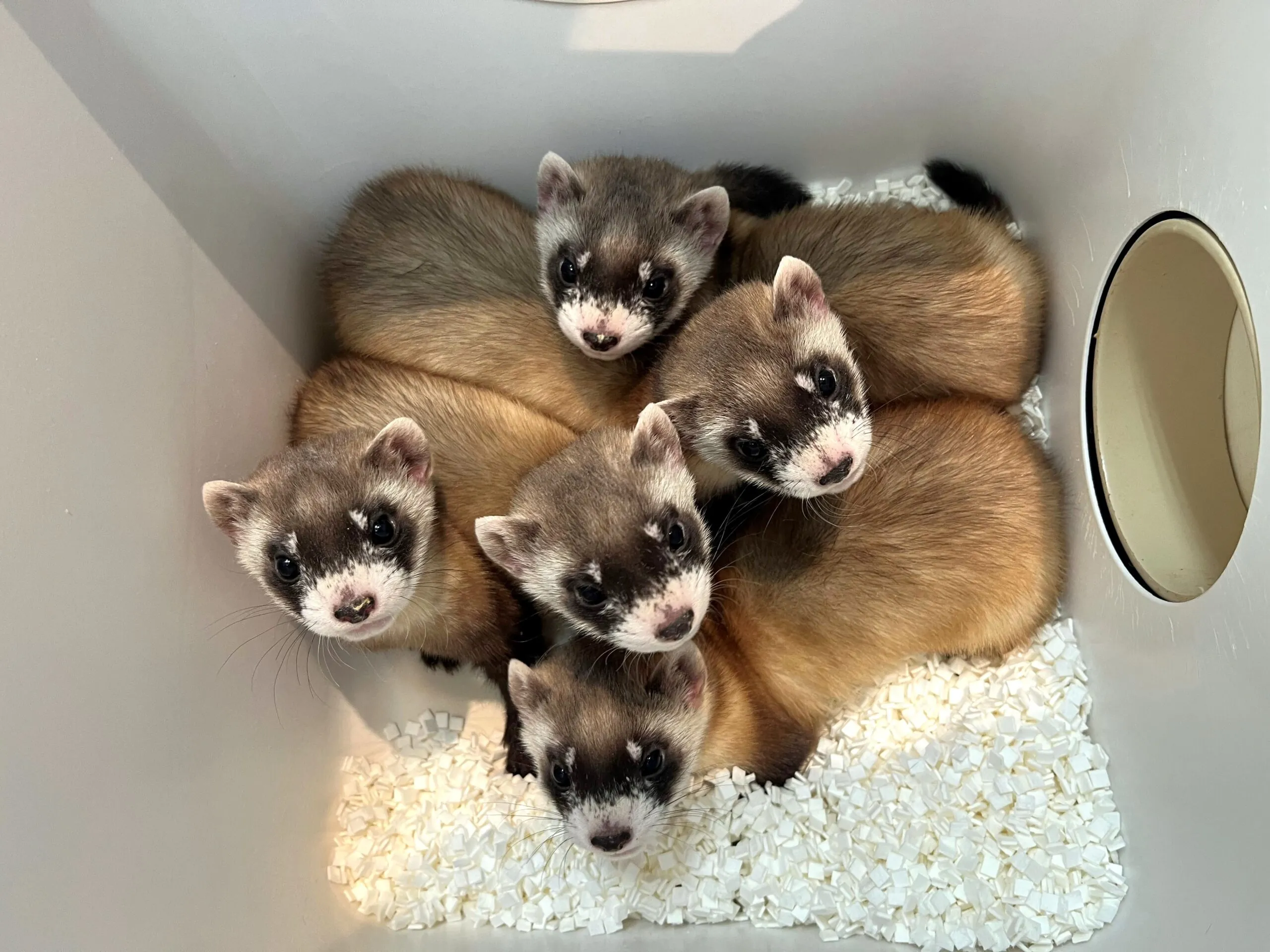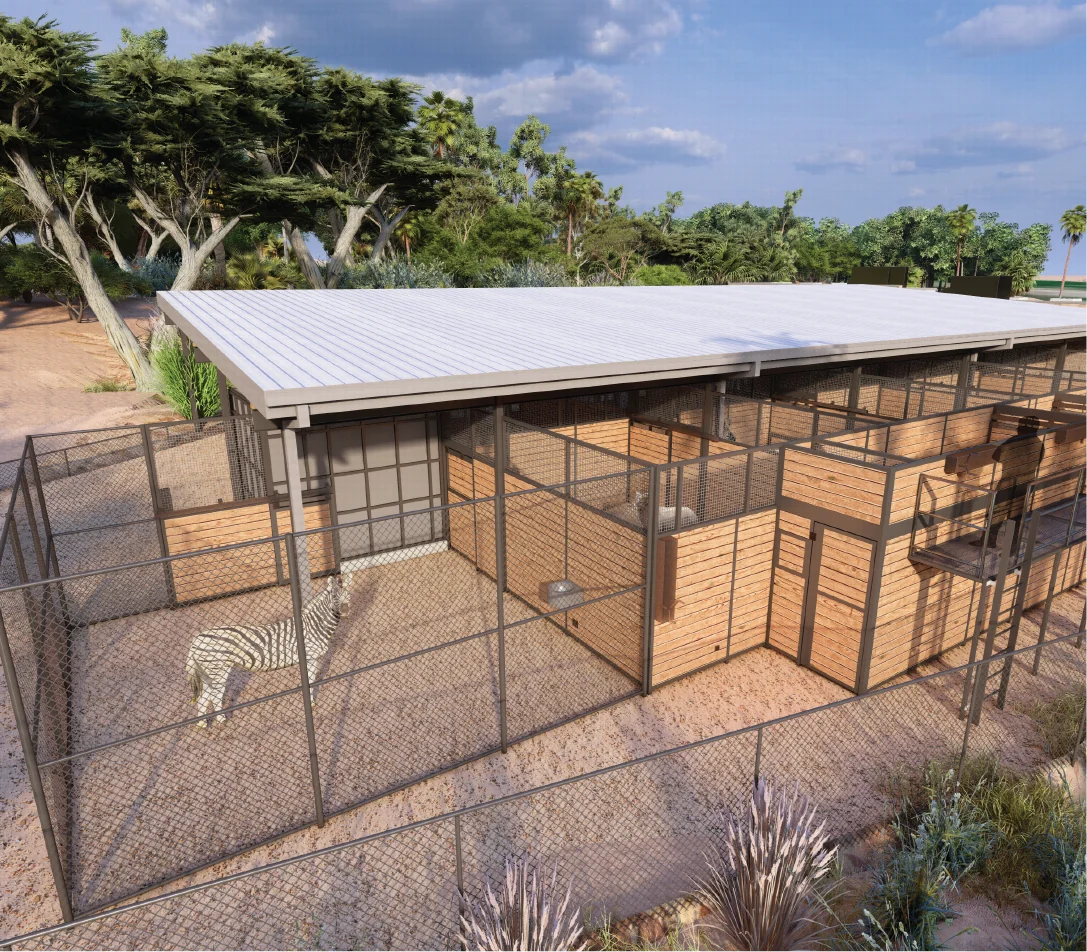Egyptian cobra
Photo credit: Alexandre Ville
Cobras
Naja SPP.
Spit and Split
The genus Naja contains 35 cobra species occurring across Africa, the Middle East, Asia and Indonesia. They are all venomous and about half have the ability to “spit” venom. Spitting venom is an adaptation for defense. Spitting cobras have specialized fangs that allow them to spray venom very accurately up to eight feet. They typically aim for the potential predator’s eyes. When the venom enters the eyes, it causes pain and possibly permanent blindness. This allows the snake the opportunity to escape the situation.
The Hood
A cobra’s hood is a defensive posture in which the snake flattens the muscles in its neck, presumably to make it seem larger and more intimidating. The spectacle is usually accompanied by loud hissing. Although a cobra can strike from this position, when hunting prey, it strikes quickly and without the fancy display.
Cobra or Not a Cobra?
There are several other snake species that make a “hood” that are not true cobras. King cobras and rinkhals, also known as ring-necked spitting cobras, are the two most famous. King cobras are among the most impressive snakes on the planet. By far the largest venomous snakes, they can reach a length of up to 18 feet. Although king cobras were once considered a single species, the genus Ophiophagus has now been broken into four separate species. Rinkhals are unique among the “cobras” in that they have keeled (rough) scales. All other cobras have smooth scales. They also produce live young, while all true cobras lay eggs.
Cobra Species at the Phoenix Zoo
Red spitting cobra (Naja pallida)
Egyptian cobra (Naja haje)
Cape cobra (Naja nivea)
Moroccan cobra (Naja haje legionis)

Diet: mammals, reptiles, amphibians, birds, eggs, carrion
Zoo Diet: whole prey (rodents)
Habitat: savannahs, grasslands, forests, agricultural areas
Length: 3 – 10 feet
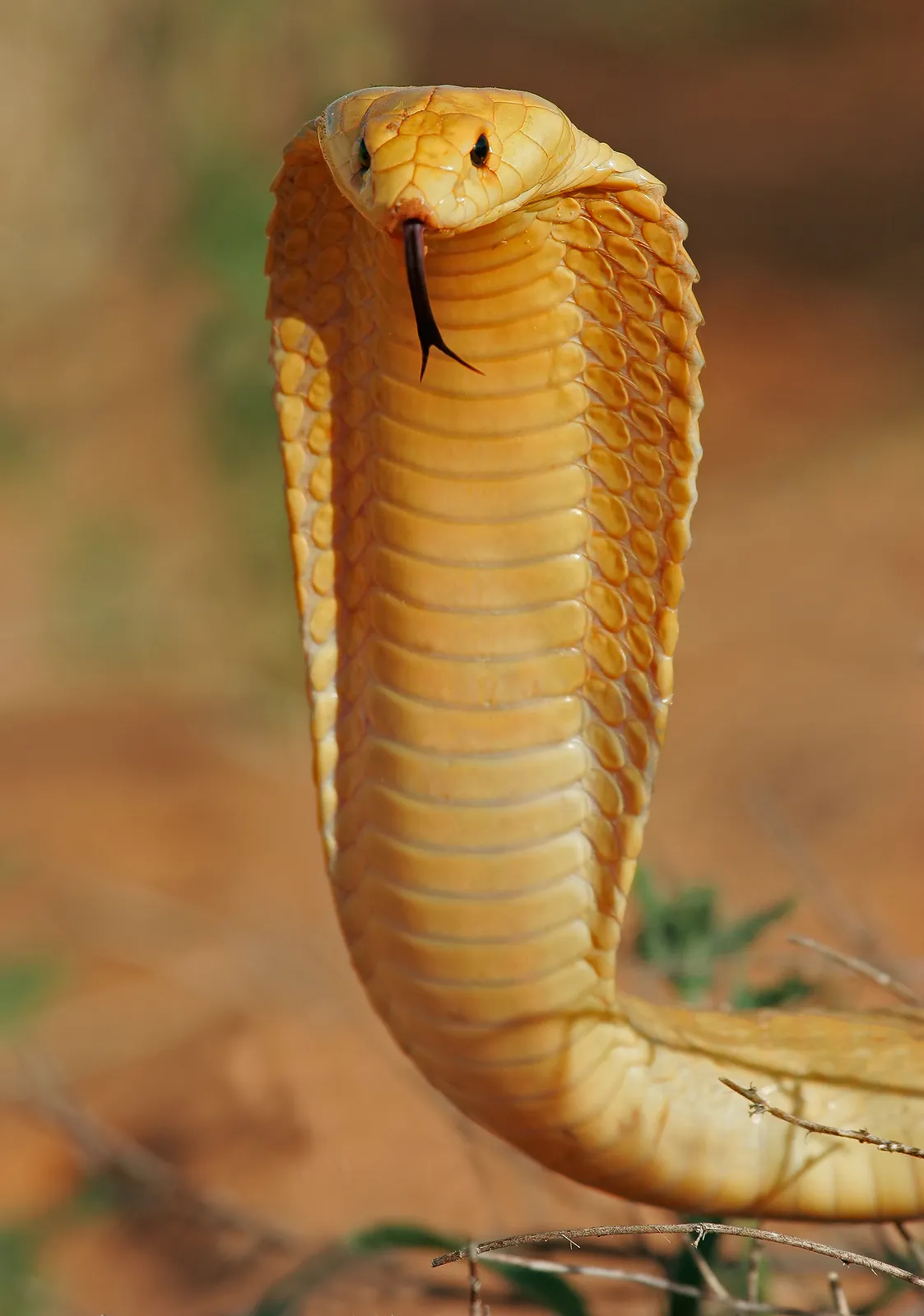
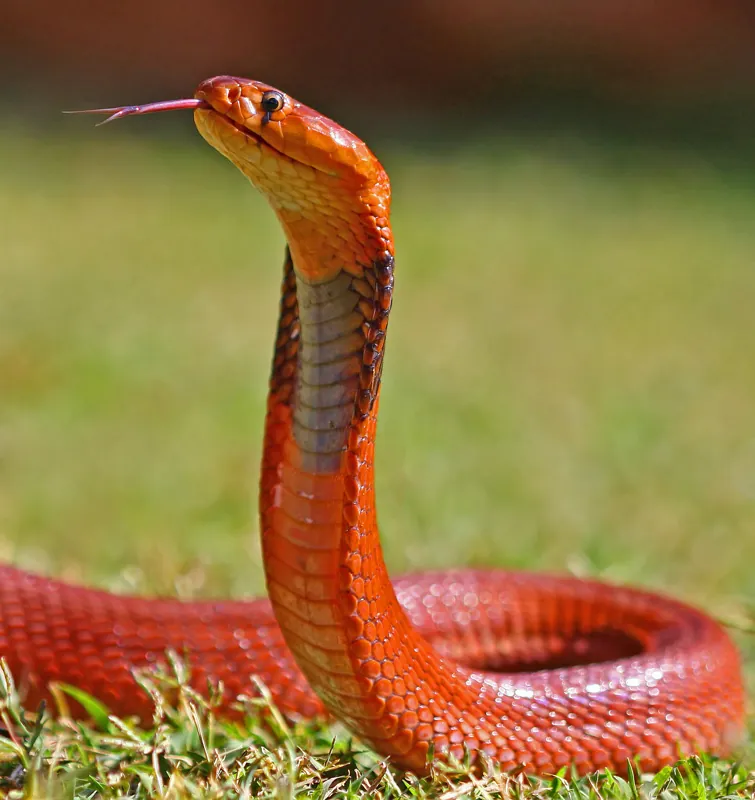
Cape cobra
Red spitting cobra
Plan your visit today!
The Phoenix Zoo is one of the largest non-profit zoos in the U.S., caring for over 3,000 animals, with nearly 400 species represented, including many threatened/endangered species.
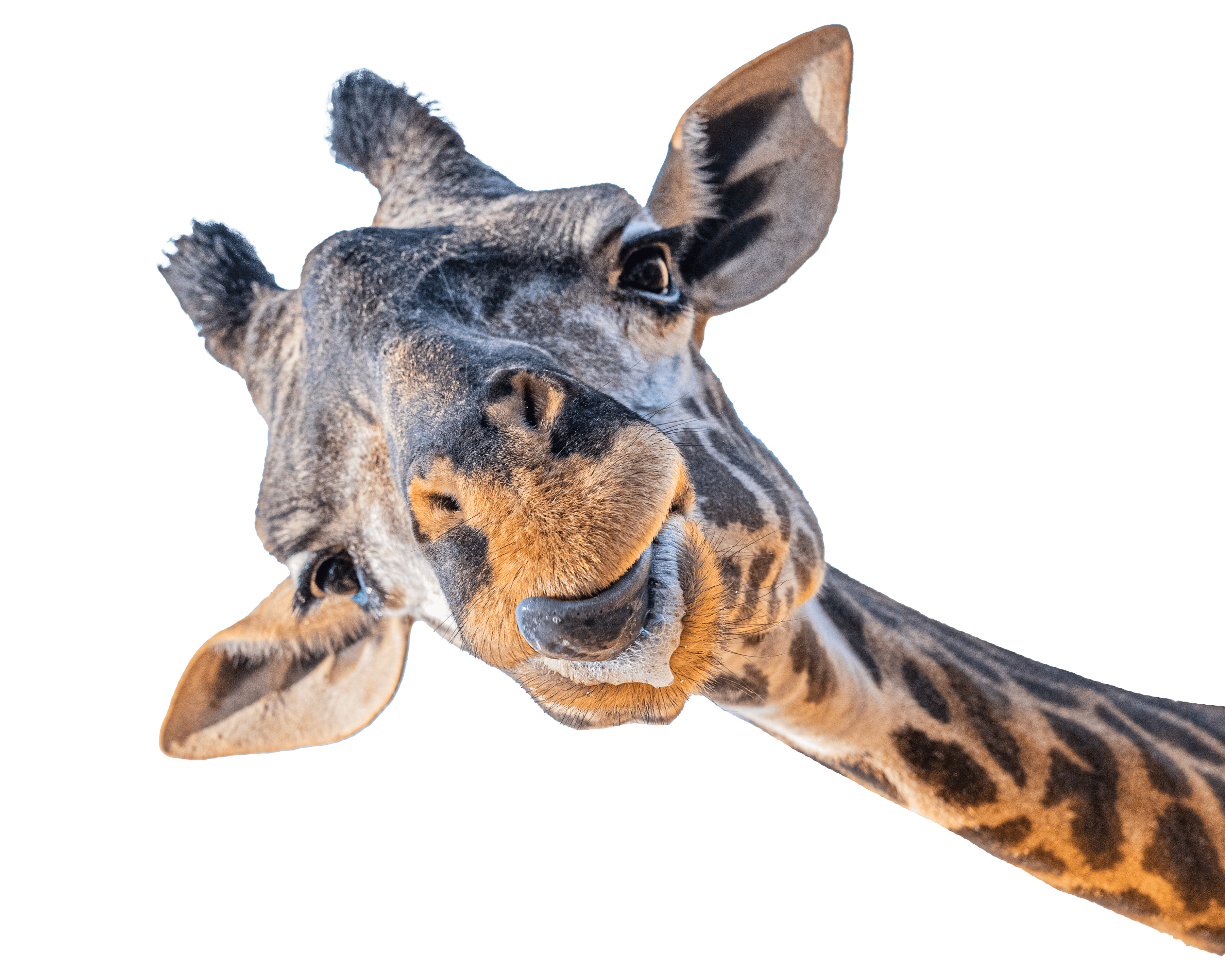
Plan your visit today!
The Phoenix Zoo is one of the largest non-profit zoos in the U.S., caring for over 3,000 animals, with nearly 400 species represented, including many threatened/endangered species.
